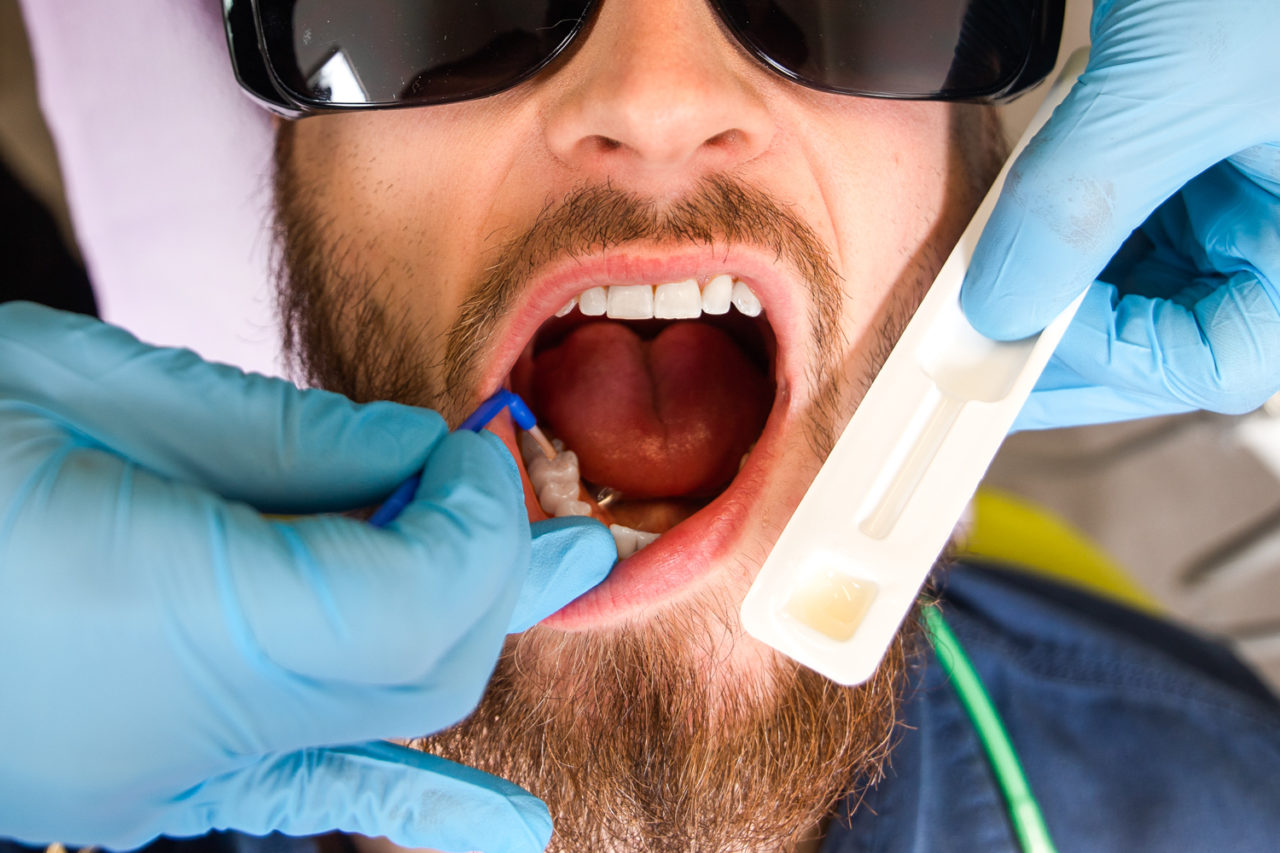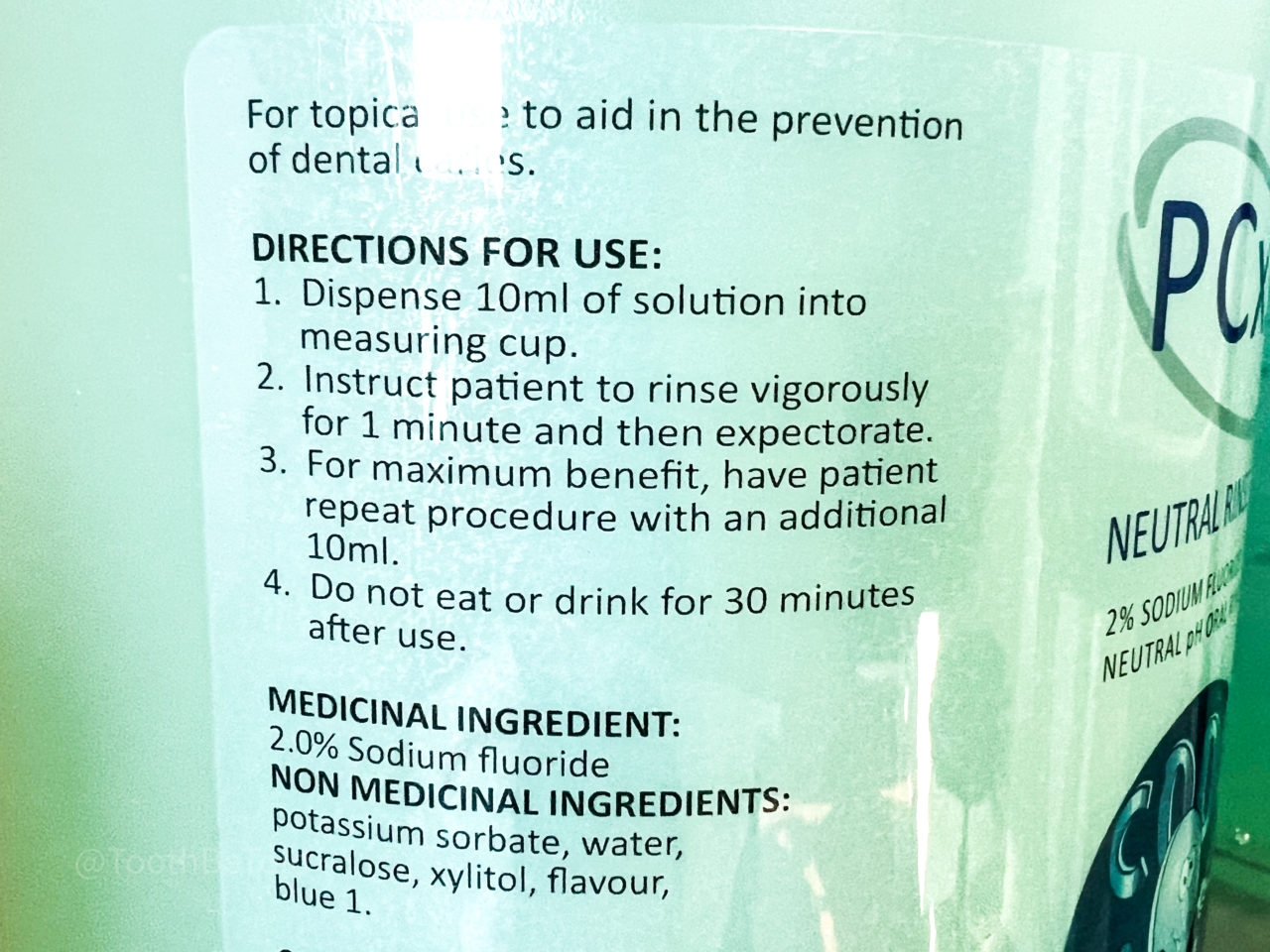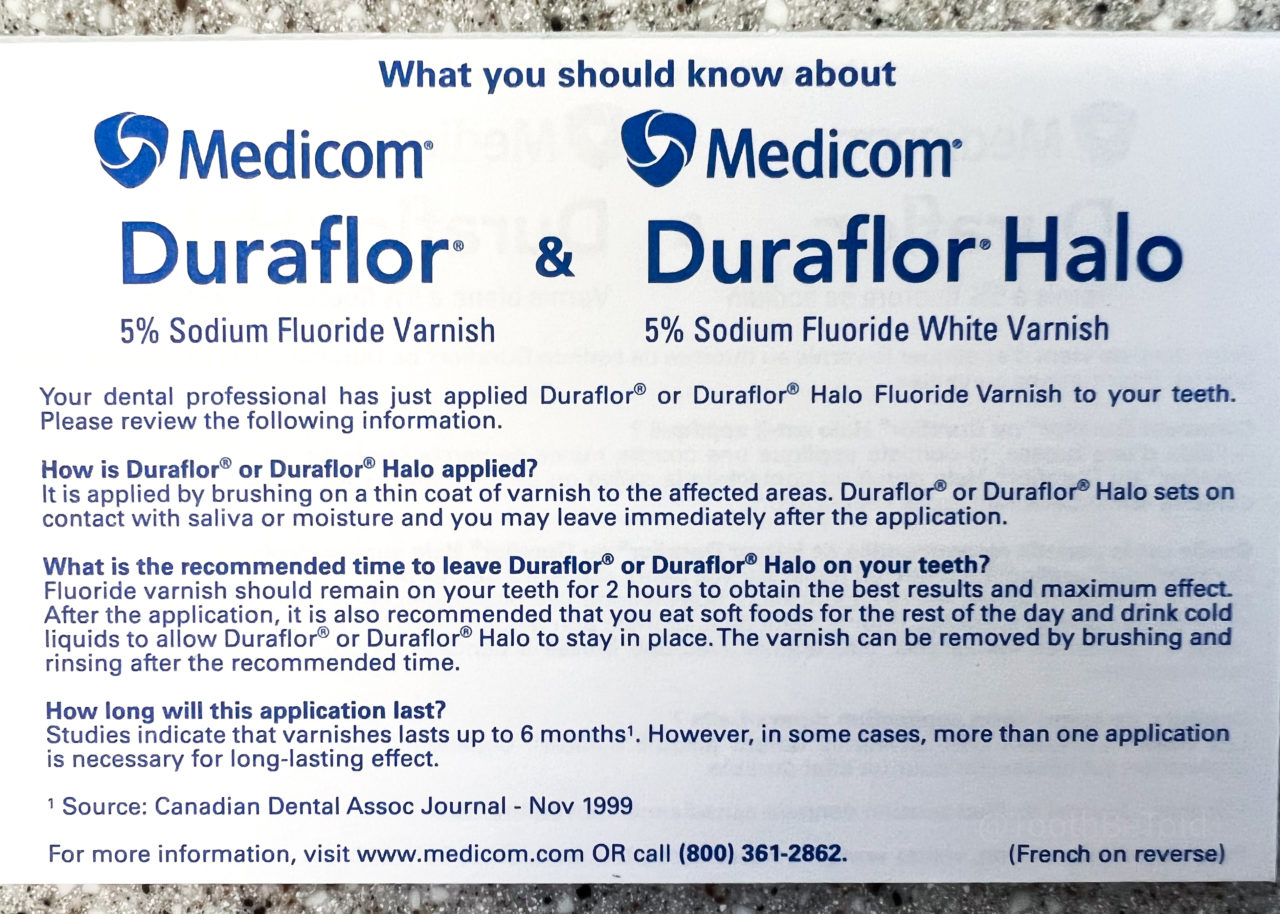Going to the dental office can be an overwhelming experience, and we can easily forget what we have been told in terms of post-op instructions. Instructions can vary depending on treatments received, but why are eating and drinking restricted after a dental office visit?
Eating/drinking is restricted after fluoride treatments to allow the fluoride to be the most effective in decreasing tooth sensitivity and preventing cavities. Restorative dental treatments prohibit eating and drinking to avoid injury and treatment failure. Wait times differ per treatment.

As I mentioned, wait times to eat and drink differ depending on what treatment you have done at the dental office. Below I go over the eating and drinking post-op instructions for each dental procedure.
Can I eat after a dental cleaning?
You can eat and drink immediately after a dental cleaning if you do not have a fluoride treatment. When teeth are cleaned, it can make teeth more sensitive to temperature fluctuations. If the tissues are sore and inflamed, acidic food and drink can irritate the tissue and cause discomfort.
If you do not have a fluoride treatment, what you eat and drink after is entirely up to you. If you experience some discomfort with temperature fluctuations, try using a sensitive toothpaste that contains potassium nitrate to desensitize the tooth nerves.
If you have had a more extensive dental cleaning and the gums were bleeding a lot, you may want to avoid foods that have a hard time breaking down and dissolving, such as popcorn or seeds, for a few days to allow the gums to tighten up and heal more.
You can always ask your dental professional if there are any restrictions following your treatment because they know you best and have full awareness of your dental health. You can even call your dental office to make sure if you forget to ask!
Read Now: How Dental Hygienists Clean Teeth! What You Need to Know!
Why do you need to wait 30 minutes after having a fluoride rinse at the dentist?
Fluoride rinse treatments at the dental office consist of the patient rinsing with at least 10mL of solution for 60 seconds.

As a general rule, eating and drinking should be avoided for 30 minutes after fluoride rinses are administered at the dentist. It takes approximately 30-minutes for saliva to rinse away liquid from our teeth, so within that 30-minute timeframe immediately after the treatment is when it has the most significant effect on the teeth.
Why do you have to avoid certain food and drinks after fluoride varnish?
Fluoride varnish requires avoidance of warm and hot drinks and hot, hard, and crunchy food for at least 2 hours after a professionally applied treatment to increase efficacy.
Fluoride varnishes differ from fluoride rinses. Varnishes are a much more viscous liquid with a sticky consistency that adheres to the tooth and sets when it comes in contact with saliva.
Because of the thicker consistency, the fluoride is released at a slower rate, and the maximum effect from the product occurs in the 2-hours post application.
Within the 2-hour time frame is when you want to take the most care not to remove it from the teeth.
Avoid warm and hot drinks because the heat can dissolve the fluoride varnish off the teeth, and avoid hard and crunchy foods because they can scrape the fluoride varnish off the teeth. Consuming these within 2 hours of application will reduce the product’s efficacy.
Below is the instruction sheet I give my patients after applying a fluoride varnish treatment to their teeth.

But fluoride treatments aren’t the only procedure limiting food and drink consumption post-treatment. Restorative dental treatments have their own limitations for different reasons, which I cover below.
How long after a filling can I drink?
After restorative dental treatments, eating and drinking should be avoided for one hour after, and hard food for 24 hours to prevent injury and treatment failure.
Most often, the patient is frozen with a local anesthetic, making the tissue feel numb, blocking pain signals to the brain, and limiting muscle function. Because of the limited feeling and control of motion, consuming hot food and drink can lead to burns and increase the chance of soft tissue damage.
I advise my patients to avoid eating and drinking until their feeling and muscle control return.
Read Now: 11 Tips; How to Make Dental Freezing Go Away Faster
But it’s not just about being frozen. Certain materials need a longer time to cure and fully set/harden.
Restorative dental treatments may require avoiding eating or drinking to allow the dental cement to cure and harden fully. Eating foods can misshapen fillings and affect how the teeth bite together. Or, if sticky foods are eaten, it could suction around the crown/restoration and pull it out.
Always speak to your dental professional about restriction post treatments. And if they don't say anything, don't assume. They may have just forgotten to tell you because we are all human, and we can forget!
What happens if you drink water after the dentist?
If a dental professional administers a fluoride rinse and water is consumed before the 30-minute wait time is complete, the water will rinse away the fluoride. The fluoride treatment will be less effective and not reach the full potential of remineralizing the teeth to prevent tooth decay.
If you are worried that you have made a mistake, call your dental office and let them know. I have had a patient accidentally drink water right after leaving the dental office, and thankfully they came back to tell me, and we repeated the treatment at no cost.
Everyone makes mistakes; it’s no problem, but make sure to tell your dental professional so you can have the treatment redone.
I hope you have found this information useful! I hope you have a great day.
Holly 🙂
